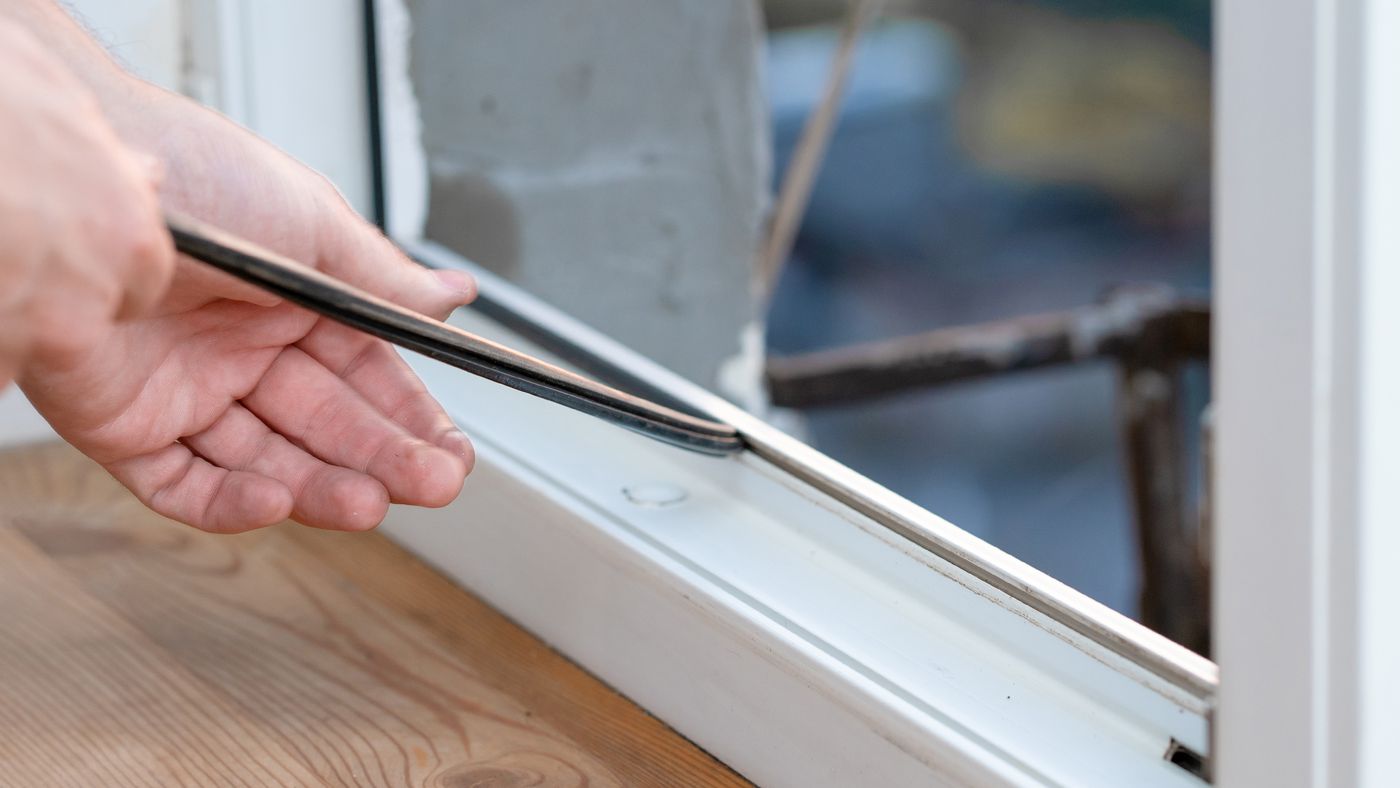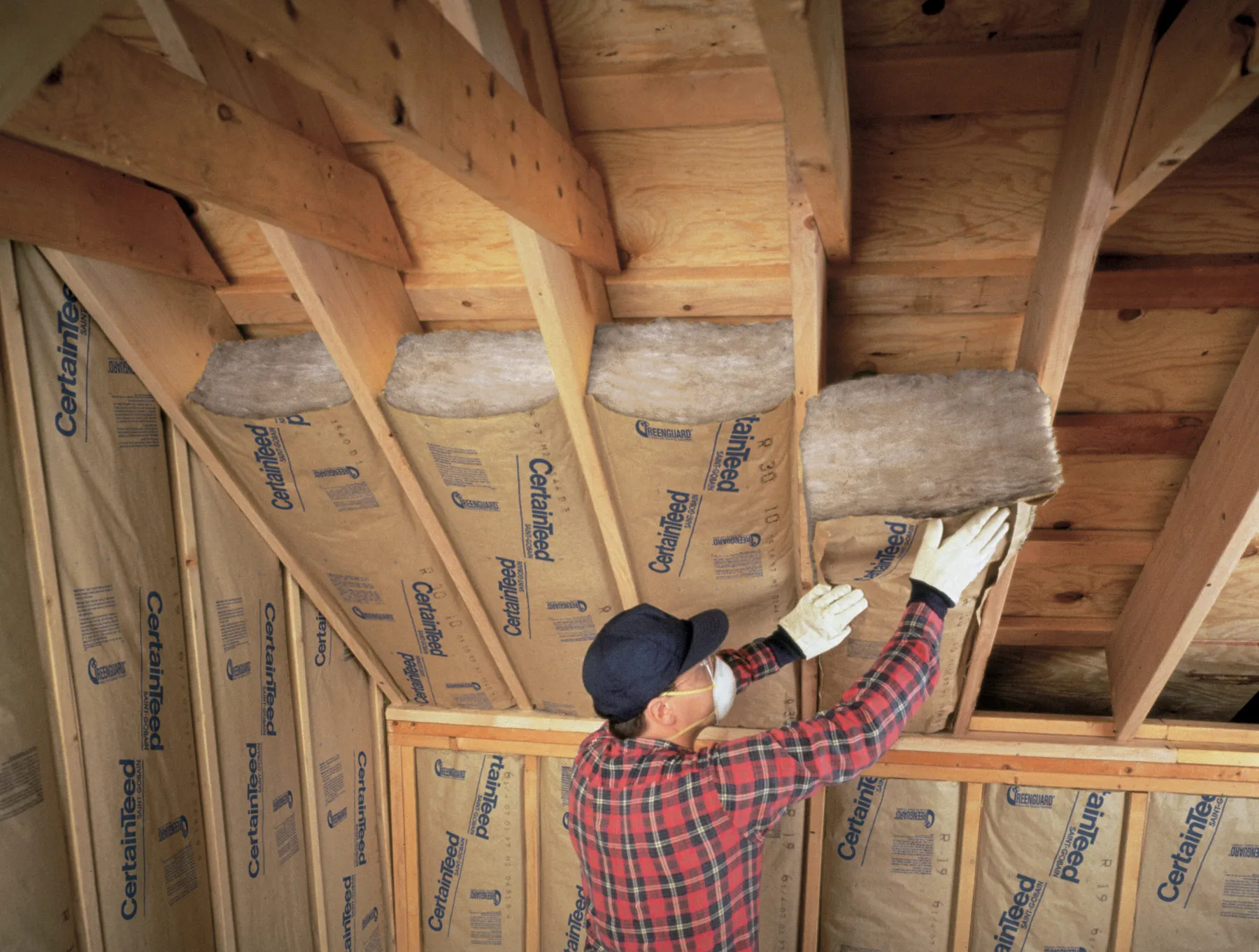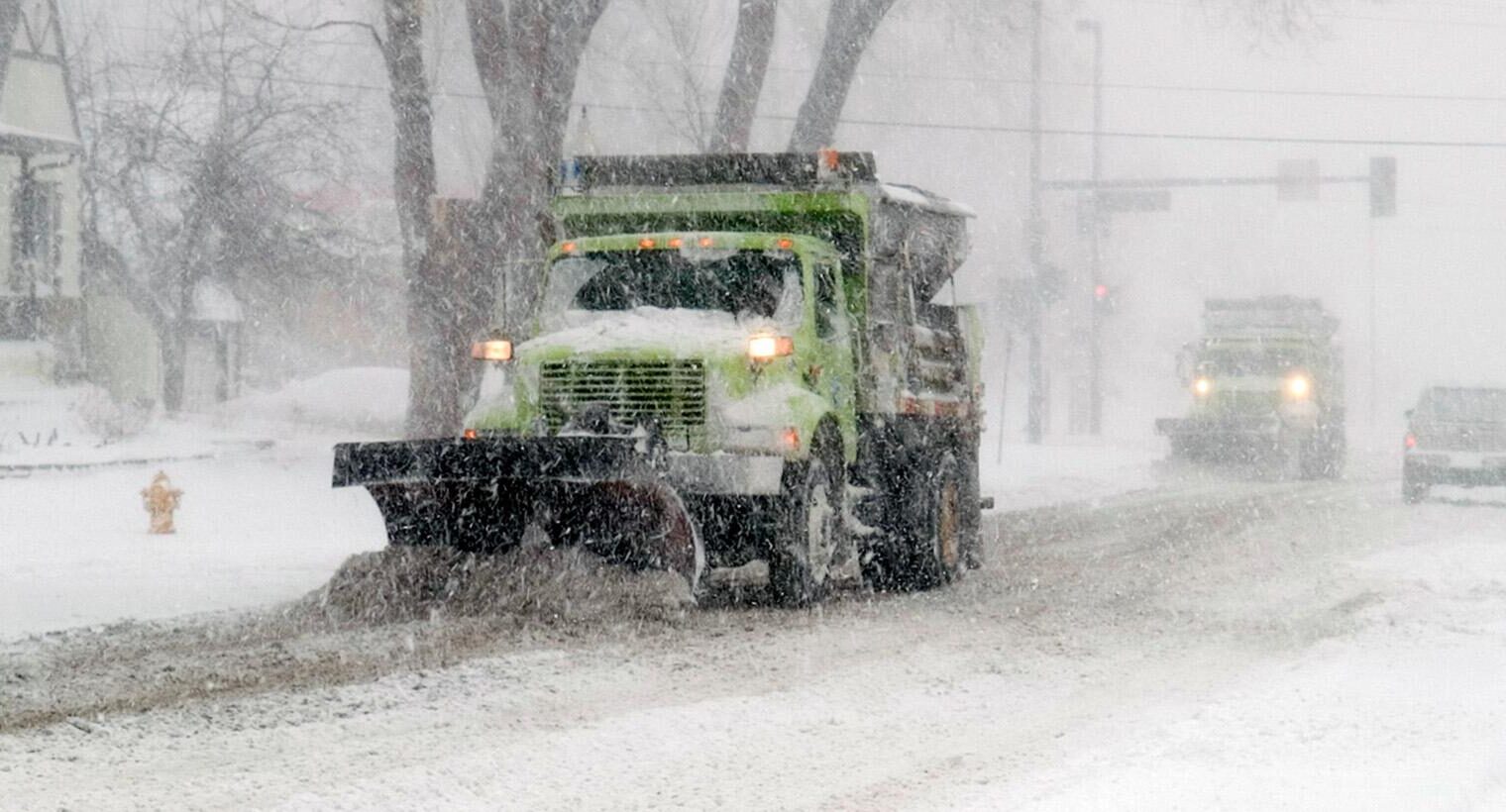This article is your guide to learning how to weatherize your home in 2024. A crucial practice not only for cutting down on energy costs but also for fostering a more environmentally conscious mindset! Weatherization goes beyond seasonal preparation; it’s about transforming your living space into a year-round haven of efficiency and comfort. Particularly in the brisk environment of Washington State, understanding the profound difference that proper insulation can make is a game-changer. This guide is crafted to navigate you through the process of winter-proofing and weatherizing your home, ensuring you’re well-prepared for any seasonal challenge.
Here at The Energy Professor, we want to give you the information you need to not only save money on your energy bill but to also become more energy efficient. We hope find this post helpful! And makes it easier for you to know more about appliance energy usage. Be sure to also check out our one-of-a-kind energy savings calculator!
The Energy Professor Electricity Rate Check Tool
How to Weatherize Your Home to Save Money and Energy

As seasons change and temperatures swing, homeowners face the dilemma of maintaining indoor comfort without the burden of high energy bills. Home weatherization offers a strategic solution, promising a cozy, year-round living space while cutting down on energy costs. This guide will delve into optimizing your home’s energy efficiency, ensuring it’s a sanctuary for both your budget and the environment. Particularly during winter, addressing the vulnerabilities of your home—like drafty windows and poor insulation—can significantly combat the cold, allowing you to stay warm without overtaxing your heating system and keeping those energy bills in check.
What is Weatherizing?
Weatherizing is the process of shielding a home from external elements like sunlight, wind, and rain to minimize energy use. It’s about enhancing a home’s energy efficiency by sealing leaks, improving insulation, and employing energy-saving methods. Essentially, when homeowners look to “weatherize” their homes or seek “weatherization services,” they aim to make their living spaces more comfortable and energy-efficient, thereby reducing energy costs.
Why is Weatherization so Important?
Weatherizing your home offers advantages beyond mere savings on utilities. Here’s a closer look:
- Energy Conservation: Weatherized homes are energy-efficient all year round, maintaining comfortable temperatures with less reliance on HVAC systems.
- Environmental Impact: Lower energy usage translates to a smaller carbon footprint, making your home eco-friendly.
- Healthier Living: Weatherizing keeps pests, dust, allergens, and mold at bay, promoting a healthier indoor environment.
- Increased Property Value: Weatherized homes tend to have higher market values, potentially offering a better return if you decide to sell.
Related Post: Top 15 Winter Energy-Saving Tips
How to Weatherize Your Home

Tackling the task of weatherizing your home becomes manageable when you approach it step by step. Begin with an energy audit to identify where your home is losing energy and how you can improve its efficiency. Recognizing the value of this initial step, many opt for professional weatherization companies. These specialists, armed with the right tools and expertise, conduct thorough audits, providing precise data and guidance to make effective weatherization choices.
11 Steps to Weatherize Your Home:
Insulate Properly
Attics:
Heat rises, and your attic might be its escape route. Ensure it’s packed with the proper level of insulation designated for your region.
Walls:
Blown-in insulation can be a game-changer for walls, providing that extra thermal barrier.
Basements and Crawl Spaces:
Often overlooked, these spaces can be a significant source of cold drafts. Make sure they’re well-insulated to keep the chill at bay.
Upgrade Windows and Doors
Old, drafty windows can be a significant source of heat loss, especially in homes with historic or outdated architecture. Over time, the wear and tear, combined with shifts in the building structure, can cause gaps that let out the warmth and allow cold air to seep in. Upgrading to energy-efficient windows can provide a dual benefit of improving insulation and enhancing the aesthetic appeal of your home. However, we understand that sometimes, a full window replacement might strain budgets. If that’s the case, there are still options available. Thermal curtains, designed with layers to trap air, can act as a shield against the cold. Additionally, plastic film kits are available, which, when applied to windows, create an insulating barrier, keeping the warmth in and the cold out. Pair these solutions with draft stoppers for doors, and you’ve created a much more energy-efficient environment without a complete overhaul.
Maintain Heating and Cooling Systems
Maintaining the optimal performance of your heating and cooling system is about more than just having the equipment; it’s about diligent upkeep. As time passes, these systems can collect dust, debris, and other particles, potentially clogging their components and reducing efficiency. Regularly changing filters is a straightforward yet vital task; clean filters ensure your system can “breathe” efficiently, reducing wear and tear, and preventing it from working harder than necessary. This effort not only conserves energy but also extends the system’s lifespan. Moreover, periodic inspections by HVAC professionals can further enhance performance, as they can spot potential issues and recommend optimizations, saving you energy and potential repair costs in the long run.
Install a Programmable Thermostat
A programmable thermostat is more than just a modern convenience; it’s an energy-saving powerhouse. With the bustling routines of daily life, homeowners often forget to adjust their thermostats when leaving the house or heading to bed, leading to unnecessary energy consumption. With a programmable thermostat, you can set specific temperatures for different times of the day, aligning with your routine. This means during periods when you’re away at work or cozied up in bed, the thermostat can automatically lower the temperature, preventing the heating system from working overtime. Over time, these small adjustments accumulate, leading to noticeable energy savings. Not only does this reduce your carbon footprint, but it also translates into a considerable reduction in monthly utility bills, making it a win-win for both the environment and your wallet.
Protect Pipes
Cold weather brings a myriad of challenges for homeowners, and one of the most dreaded is the freezing of pipes. Particularly vulnerable are those pipes located in unheated spaces, such as basements, crawlspaces, or garages. When temperatures plunge, the water inside these pipes can freeze, causing the pipes to expand. This expansion can result in anything from minor leaks to significant bursts, leading to potential water damage and costly repairs. Insulating your pipes is a proactive measure against these threats. By wrapping them in insulation, you not only protect them from freezing but also reduce the amount of heat lost as hot water travels from your heater to your faucets. This efficiency means your water heater doesn’t have to work as hard, leading to energy savings and ensuring you have a steady supply of hot water even on the chilliest days.
Water Heater Maintenance
Water heaters, while essential, can be significant energy consumers in a household, especially if they’re not operating at peak efficiency. One often overlooked method to optimize a water heater’s performance is by wrapping it in an insulating blanket. These specially designed covers act like a cozy jacket for your heater, reducing the amount of heat lost to the surrounding environment. The result? Your water remains hotter for extended periods. This means that every time you turn on a tap or take a shower, the heater doesn’t have to work as strenuously to heat up more water, thus conserving energy. Not only does this practice prolong the lifespan of the heater by reducing its workload, but it also translates to tangible savings on your energy bill. So, while it may seem like a simple addition, an insulating blanket can be a game-changer in your quest for an energy-efficient home.
Install Storm Doors & Windows
When homeowners think of fortifying their homes against inclement weather, often the focus is on roofs, insulation, and heating systems. However, storm doors and windows play an equally vital role in this endeavor. Acting as a secondary protective layer, they serve as a buffer against external elements, particularly biting winds and rain. Their design helps minimize the number of drafts entering a house, especially in older homes where primary windows and doors might have gaps or might not fit perfectly. By reducing these drafts, storm doors and windows play a pivotal role in maintaining a consistent internal temperature, meaning your heating or cooling system doesn’t need to work overtime to compensate for these air leaks. The result is a more comfortable living environment, less strain on your HVAC system, and a noticeable decrease in energy bills, making them an invaluable addition to any home focused on increasing energy efficiency.
Roof Check
The roof is often dubbed the ‘hat’ of your home, and like any good hat, it needs regular care and attention to serve its purpose effectively. Over time, even the sturdiest of roofs face wear and tear from continuous exposure to sun, rain, and other elemental forces. This wear can manifest in the form of damaged, curled, or missing shingles. Periodically checking the condition of your roof ensures that you catch these issues early, preventing larger problems like leaks, which can compromise the interior of your home and lead to more significant repair costs. Moreover, a well-maintained roof contributes to the home’s overall insulation and weatherproofing, optimizing energy efficiency and reducing the strain on your heating or cooling system. So, while you weatherize and weatherproof your house, don’t neglect this crucial component.
Foundation Vents
As homeowners embark on their quest for effective home weatherization, one often overlooked detail is the foundation vents. These vents, designed for airflow during warmer months, can inadvertently become gateways for cold air during the chill of winter. By blocking off these vents during the colder seasons, you create a more robust barrier between the cozy interior of your home and the biting cold outside. This simple action not only helps maintain a consistent, warm temperature inside but also optimizes energy usage by reducing the workload on your heating system. When you weatherproof your home, attention to these details is paramount. The goal is to ensure that every part of the house, from the attic to the foundation, is geared towards maximum energy efficiency and comfort. So, as you weatherize and winterize, make sure that cold air knows its place – outside, where it belongs.
Ceiling Fans
Ceiling fans, while often associated with providing relief during the sweltering summer months, have a dual role that’s instrumental in efficient home weatherization. By merely flipping a switch to reverse the fan’s direction during the chilly winter months, you can harness its ability to push warm air downwards. This clever circulation trick ensures an even distribution of heat throughout rooms, preventing the formation of cold pockets and optimizing the performance of your heating system. As homeowners seek effective methods to weatherproof and weatherize their homes, leveraging such functionalities in everyday appliances proves invaluable.
Ventilation
In our earnest efforts to effectively weatherize our homes, it’s easy to prioritize sealing every nook and cranny. However, striking a balance between insulation and ventilation is crucial for the home’s overall health and efficacy. Areas such as the kitchen, bathroom, and attic are especially vulnerable to moisture accumulation due to their inherent functionalities. Without proper ventilation, this moisture can get trapped, leading to a gradual degradation of insulation materials and fostering an environment conducive to mold growth. Mold not only poses health risks but also compromises the structural integrity of our homes. So, while it’s essential to weatherproof and ensure our homes are snugly sealed against the elements, it’s equally important to ensure these spaces can breathe. This way, we create an environment that is not only energy-efficient and cozy but also safe and long-lasting.
Related Post: What are Energy-Efficient Windows?
Tips and Tricks for Weatherizing Your Home

Seal Gaps and Cracks
One of the most fundamental steps to weatherizing your home involves sealing gaps and cracks. It’s astonishing how much energy can be wasted from seemingly minor openings. Initially, a combination of window film and rope caulk can make a marked improvement in window insulation. The clear plastic films act as an extra insulating layer, preventing drafts, while the rope caulk is moldable, allowing homeowners to seal small gaps effectively. Furthermore, for larger, more pronounced gaps—especially those around the foundation or where plumbing enters the home—expandable foam serves as the go-to solution. This foam expands upon application, offering a robust barrier against unwelcome drafts.
Optimize Windows and Doors
Windows and doors are often the leading culprits for energy loss in homes. Two simple yet effective tools in your weatherizing arsenal are draft snakes and shade screens. Draft snakes, positioned at the base of doors and windows, serve as barriers against pesky drafts. They can be both decorative and functional, making them a popular choice among homeowners. On the other hand, shade screens, which are essentially mesh window screens, come in handy during the hotter months. They are designed to block a significant portion of solar radiation, ensuring interiors remain cool without overworking your cooling systems.
Boost Insulation and Radiant Barriers
Insulation plays a pivotal role in maintaining the desired temperature inside the house. Firstly, reflective radiator panels, placed behind radiators, can make a substantial difference. These panels are designed to reflect heat back into the room, ensuring that the warmth generated by your radiators doesn’t get wasted by being absorbed into external walls. Secondly, another critical area that often gets overlooked is the attic door. By merely using an insulated cover over your attic door or hatch, you can prevent warm air from escaping into the attic and vice versa.
Chimney and Vent Solutions
For homes with chimneys, especially those that don’t use their fireplace often, chimney balloons offer an excellent solution. These balloons are inflated inside the chimney, effectively blocking cold drafts from entering and heat from escaping. Another practical solution involves vent covers. In homes where certain rooms are seldom used, magnetic vent covers can be a game-changer. They prevent air from unnecessarily heating or cooling these spaces, leading to more efficient energy use throughout the home.
Smart Landscaping
Believe it or not, the way you landscape your property can impact its energy efficiency. Planting deciduous trees near windows is a strategy that pays dividends year-round. During summer, these trees provide much-needed shade, reducing the need for air conditioning. Come winter, after they’ve shed their leaves, they allow sunlight to filter through, naturally warming your home’s interiors.
The journey to weatherize homes isn’t just about shielding against harsh weather conditions; it’s about crafting a sustainable, comfortable living space. When pondering over “how to weatherproof your home” or “how to weatherize your home for winter,” always remember that your efforts are a step towards a greener planet and a heftier savings account. So, if you’ve not yet embarked on this journey, today is a perfect time.
Related Post: Complete Guide on How to Save on Gas Bill
Weatherize Your Home FAQ

Q: How can I make my house use less electricity?
A: Making your house use less electricity involves a combination of using energy-efficient appliances, turning off lights and gadgets when not in use, and investing in smart home devices. Additionally, using LED light bulbs, optimizing natural light, and unplugging devices that aren’t in use can significantly reduce electricity consumption.
Q: How much energy does air sealing save?
A: Air sealing can result in substantial energy savings. According to the U.S. Department of Energy, air sealing your home and adding insulation can help save up to 10% on total annual energy bills. However, the actual savings vary based on climate, the condition of the home, and how the home is used.
Q: How can I make my older house more energy efficient?
A: Older homes often come with challenges like drafty windows and outdated insulation. To make them more energy-efficient:
- Replace or seal old windows and doors.
- Update insulation in attics, walls, and basements.
- Install a programmable or smart thermostat.
- Opt for energy-efficient appliances.
- Perform regular maintenance on heating and cooling systems.
- Consider solar panels or other renewable energy sources.
Q: How can I weatherize my house DIY?
A: Weatherizing your house on your own involves:
- Identifying and sealing air leaks using caulk or weatherstripping.
- Adding insulation to attics, basements, and crawl spaces.
- Installing window film or thermal curtains on older windows.
- Wrapping water heaters in insulation blankets.
- Sealing and insulating ducts.
- Planting trees or shrubs to shield against wind and provide shade.
- Protecting your pipes from freezing with insulation sleeves.
Do you Need Cheaper Electricity?
If you’ve taken the time to understand the information on your bill and discovered you’re paying more than you’d like for your electricity, have you looked around for a cheaper deal? The Energy Professor has a wealth of information on ways to save on your utilities, including details of top deals that could significantly reduce your monthly or quarterly electricity bills.
We hope you found this article helpful! If you are looking for ways to increase energy efficiency and sustainability in your home be sure to take a look at all of the latest renewable energy options in your area. The Energy Professor helps residential and small business owners find qualified energy suppliers in New York, New Jersey, Pennsylvania, Texas, Ohio, Maryland, Illinois, and Massachusetts


